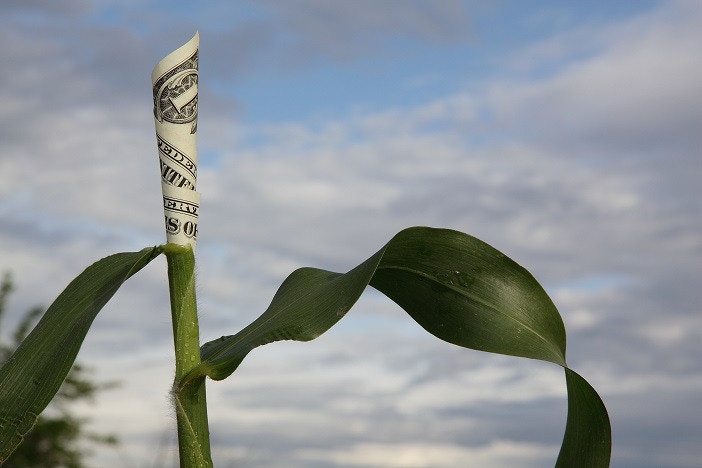
One benefit of being a “road warrior” is conducting programs with bankers and fellow academics. Riding together in a pickup truck to an event or just sitting back and listening to others’ points of view can be stimulating, refreshing, and educational.
One such situation occurred recently at a multi-day event. In this case, a banker was discussing difference makers he observed when analyzing the financial statements of various farms. This banker, who has decades of experience both as a lender and a producer, discussed some of his viewpoints.
Constant monitoring of the top half of the balance sheet was the focal point of the conversation. The lender indicated that the working capital to revenue ratio, working capital to expense ratio, and changes in working capital throughout the year and year-over-year are all critical to monitor for sustained success. He pointed out this is particularly true after a refinance or the replenishment of working capital. Can the operation preserve or even build working capital through profits? Has working capital diminished, and what are the reasons for the decline?
Another focus of this banker is operational, capital, and human asset efficiency. The operating expenses, excluding interest expense and depreciation, are divided into total revenue to monitor operating efficiency. This banker completed a trend analysis with three to five years of information. Is the trend positive or negative? Have margins increased or decreased? An analysis of the operation’s efficiency is likely to generate questions for the producer about the causes of the identified trends. This banker has discovered that the top performers consistently have an operating expense ratio of 70 percent or less. At the other end of the spectrum, the experienced banker noticed that the bottom 20 percent of producers have an operating expense ratio of 90 percent or greater.
The banker shared another insight of the top performers: they set aside time throughout the year to monitor their performance themselves or with their lender. Producers at the bottom end of the spectrum only conduct once a year “quick looks” with an accountant. The objective for these producers is to pay little or no income taxes, whereas the top producers use their financials to assist in ongoing management of the farm.
P.S.
The banker also hinted that his best performers are doing accrual adjustments of cash basis tax returns for a more accurate look at financial performance.
About the Author(s)
You May Also Like






